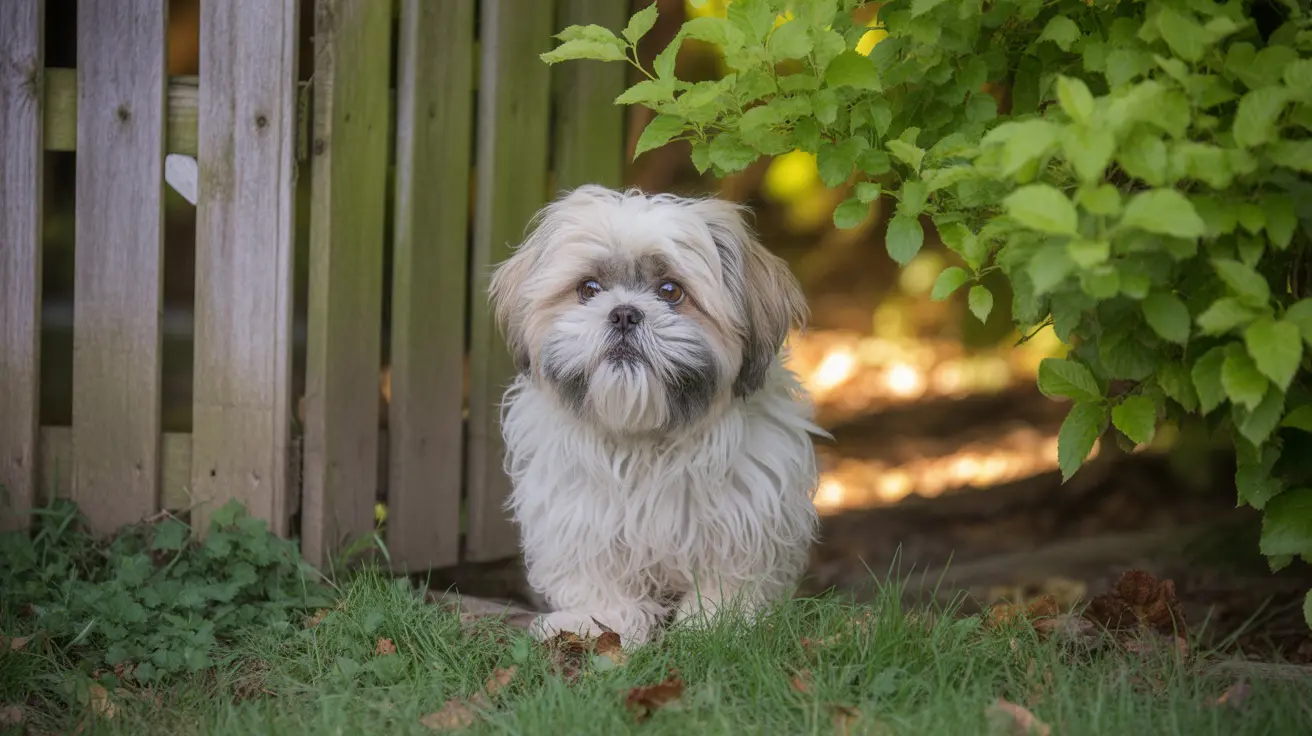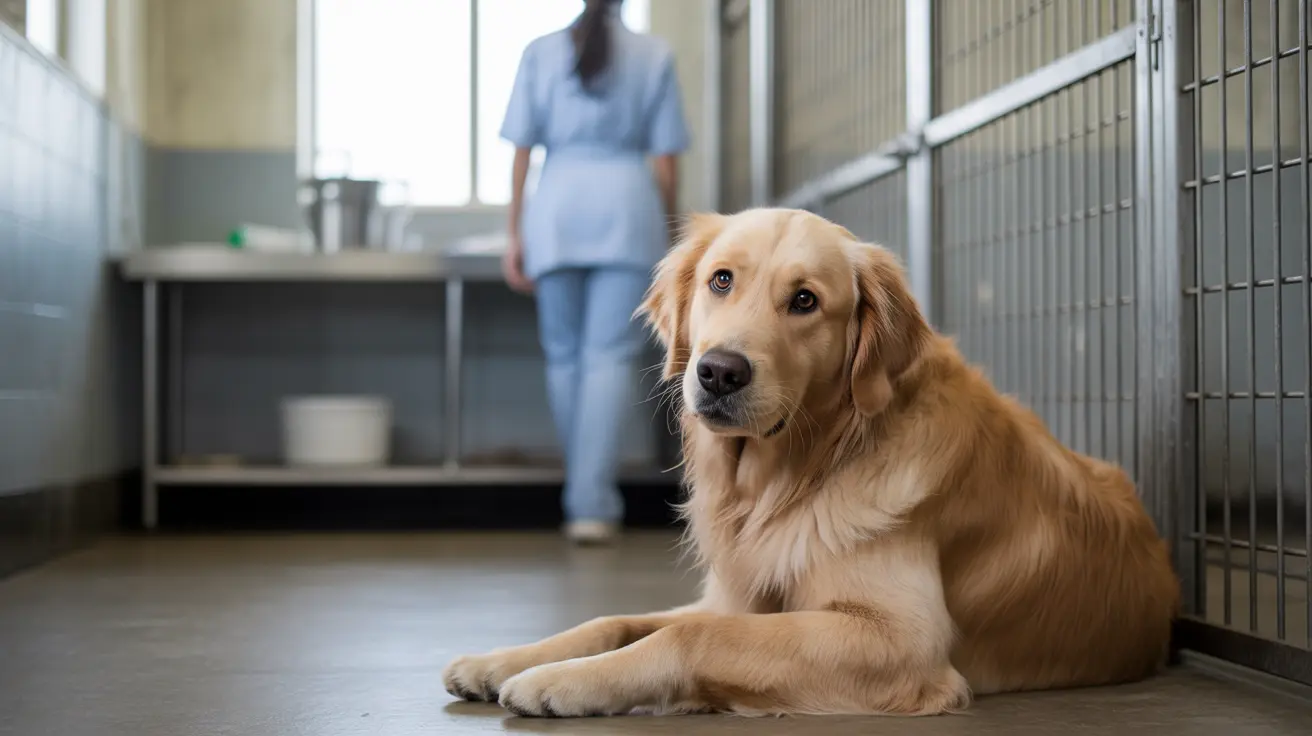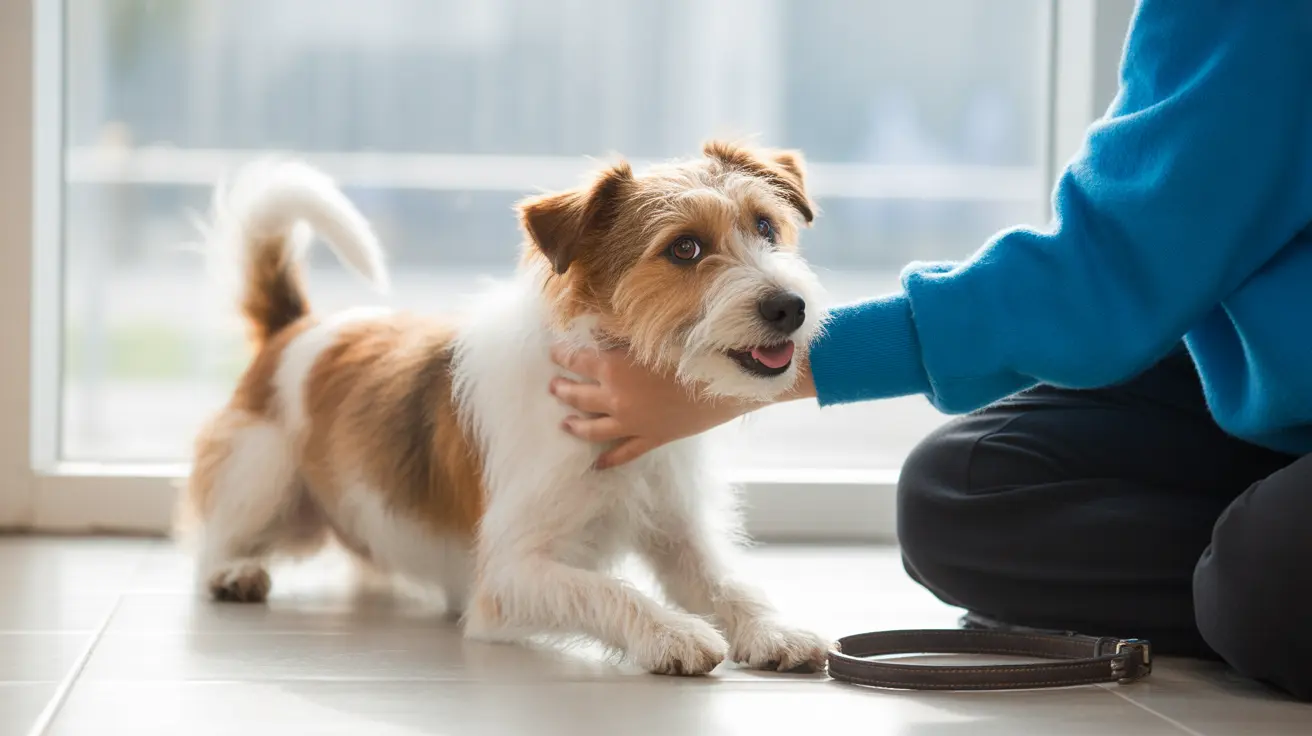Understanding How Long a Dog's Memory Lasts
Ever wondered how much your dog remembers? The answer isn't as simple as a single number. Dogs have unique memory systems that work differently from ours, shaping how they experience and recall the world around them.
Short-Term Memory: Fleeting but Functional
Let's start with short-term memory. For dogs, this type of memory is brief—typically lasting anywhere from 5 to 30 seconds, and in some cases stretching up to about 2 to 4 minutes. Imagine your dog being scolded for chewing on shoes; if you wait too long before correcting the behavior, chances are they've already forgotten what happened. That's why immediate reinforcement (good or bad) is crucial in training.
- Short-term memory: Useful for reacting to recent events or commands.
- Duration: Usually fades quickly unless reinforced right away.
- Example: A dog might forget why it entered a room moments later.
Long-Term Memory: Built Through Bonds and Repetition
The real magic happens with long-term memory. Unlike their fleeting short-term recall, dogs can remember people, places, and routines for months or even years. This type of memory forms through repeated experiences and strong emotional connections. Many stories tell of dogs recognizing family members after years apart—often triggered by familiar scents or voices rather than visuals alone.
- Scent cues: Dogs rely heavily on smell to recognize people and places.
- Emotional bonds: Positive interactions strengthen memories over time.
- Routine retention: Dogs remember daily schedules and commands if practiced regularly.
The Role of Associative Memory
A big part of a dog's memory comes down to association. They link experiences with outcomes—like associating the sound of a leash with an exciting walk or a specific voice with affection. This associative memory is fundamental in training and explains why dogs react so strongly to certain triggers (think doorbells or treat jars).
- Associative learning: Connects objects, sounds, or actions with results.
- Training impact: Repetition helps cement these associations into long-term habits.
Episodic-Like and Spatial Memories
You might wonder if dogs remember specific events like we do. While their episodic-like memory isn't as vivid as ours, research shows they can recall impactful moments—especially those tied to strong emotions. Dogs also excel at spatial memory, remembering where toys are hidden or how to navigate familiar routes during walks.
- Episodic-like recall: Dogs can imitate actions they've seen after a delay.
- Spatial awareness: Navigating environments and finding hidden objects comes naturally to them.
What Influences a Dog's Memory?
A variety of factors shape how well (and how long) dogs remember things:
- Age: Young dogs learn quickly; older dogs may experience cognitive decline.
- Breed: Some breeds bred for problem-solving show stronger memories.
- Health & Environment: Good health and stimulating surroundings boost retention; stress can diminish it.
- Consistency: Regular routines help reinforce memories more effectively than sporadic experiences.
The Lasting Impact of Experiences
If a dog has a negative encounter (like being frightened by thunder), that association can last a long time—sometimes leading to avoidance behaviors or anxiety when similar situations arise. On the flip side, positive reinforcement and gentle exposure can help replace old fears with new, happier associations over time.
The Importance of Training and Socialization
The way you train your dog matters. Using repetition, clear commands, and rewards like treats or praise helps build both associative and long-term memories. Short training sessions work best—dogs learn more from regular practice than marathon lessons. Socializing your dog with new people and environments also sharpens their adaptability and strengthens their ability to remember positive interactions.
Scent: The Most Powerful Cue
If you've ever returned home after being away for months (or even years), you might have noticed your dog greeting you with wild enthusiasm. That's because scent serves as an incredibly strong cue for canine memory. Even after extended separations, familiar smells can trigger joyful recognition in your furry friend—showing just how deep those emotional bonds run.
A Memory System Tailored for Canine Life
Your dog's memory system isn't designed to replay every detail of past events like a movie reel. Instead, it's perfectly tuned for their social world—helping them remember what's important: people they love, routines they enjoy, places they visit often, and cues that signal fun (or caution). By building positive associations through consistency and affection, you're not just teaching commands—you're deepening the bond you share every day.





